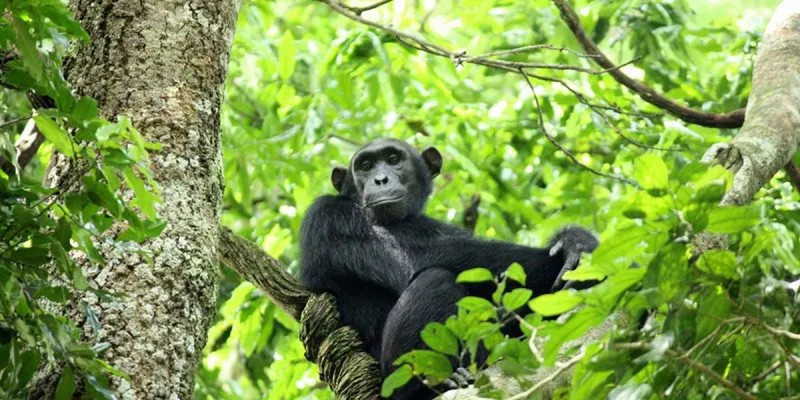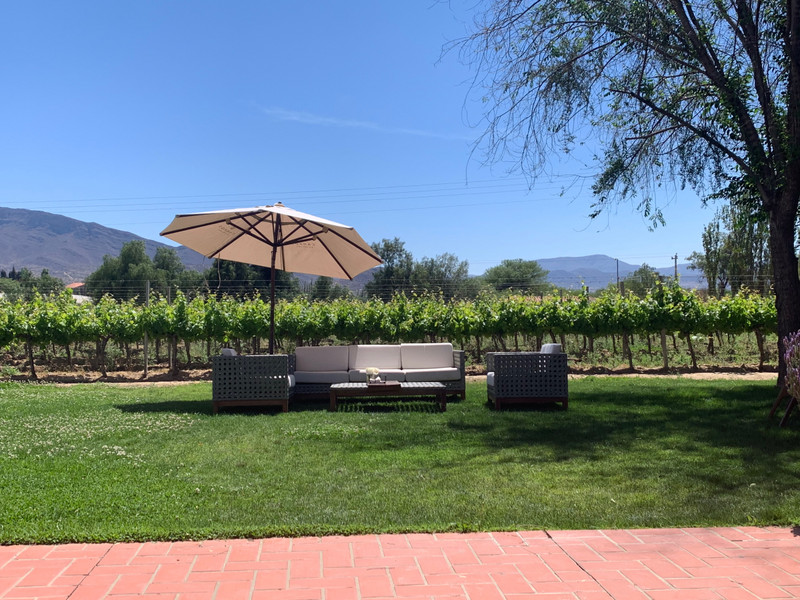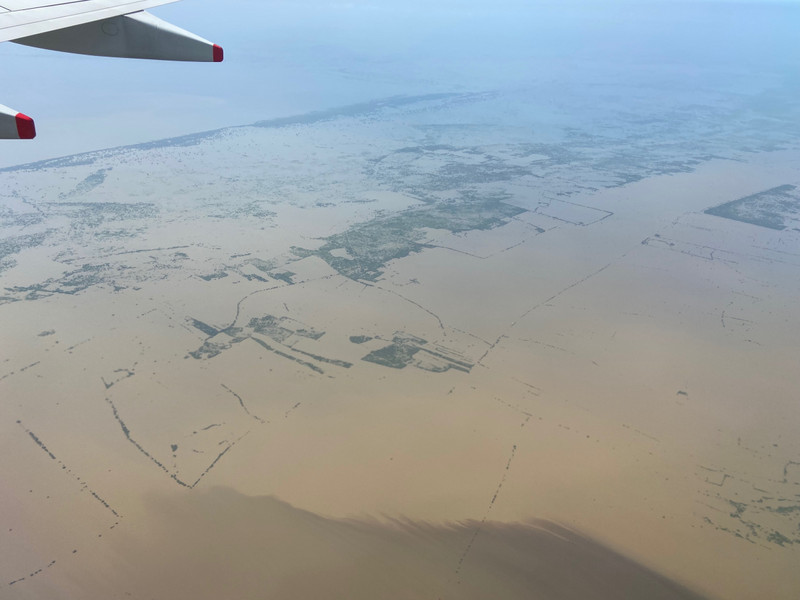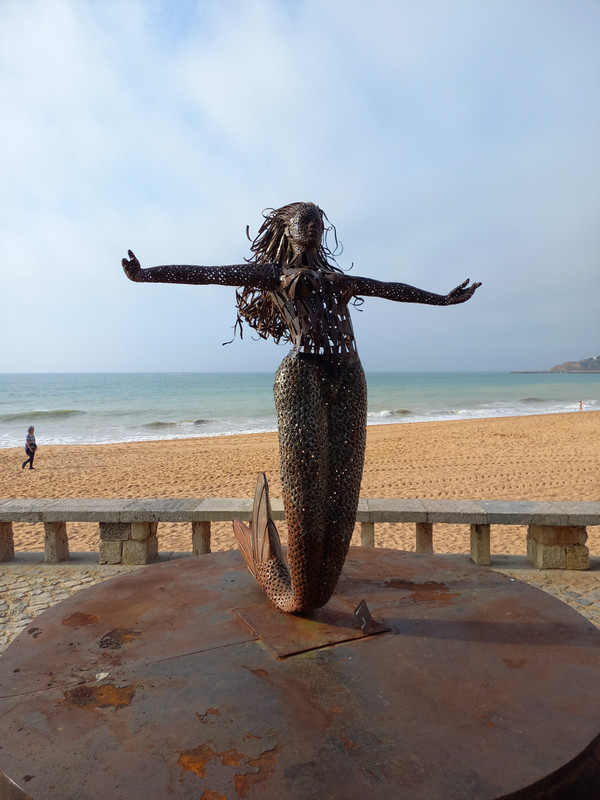I am back from another great weekend exploring the country side. This time I went to the south to two different national parks. The drive was longer this time at 6 hours and through lots of small villages. The road is paved, however every time you get close to a village there are multiple kinds of speed bumps. First there are what I can best describe as small speed bumps that make the car vibrate, then a large speed bump and then more small ones. There were so many bumps that twice the driver had metal parts on a his car break off.
This region is much more lush and mountainous than the north is. They have 52 different crater lakes in this area as well as two large lakes: Lake George and Lake Edward that they share with Congo. This region boarders the Rwenzori Mountains which boarders Uganda and Congo.
Because of the crater lakes in this region is where their oldest industry takes place here: salt mining. It dates back to the 1600s. The crater lakes have streams that bring fresh waster to the lake and fills numerous vents or wholes which sink
to the main salt rock below and dissolve part of the rock into salt brine. Volcanic pressure then pushes liquid back on top where it dissolves to a salt solution which solidifies into salt when the water evaporates. The lakes are divided up between different pans/plots that families have owned for generations. The plots or pans are about 10 x 12 ft wide and only about 2 ft deep. The miners have created small canals for the water into from the large lake. Then they allow the water to flow into the shallow salt plots. They churn up the water so the salt settles to the bottom. About every two weeks they can harvest the salt from the bottom of their plots. The salt brine is not manufactured or proceeds, the miners depend on the natural salt which forms in their pans. It is a very interesting process to learn about. The water is very harmful to your body. So while people can make upwards of $300 USD for a 12 hour shift (working in the large section of the lake) it is extremely harmful on their body and at most they can do it
The next day we got up early for a morning game drive. The landscape different here from the north. They dont have as much diversity of animals, but they have the largest elephant population. The animals are free to roam from Uganda into Congo (without a PCR Test ? ) and back again. We had lunch and then an afternoon boat ride on Lake George to see all the animals as down to drink and bath.
We finished the day with Happy Hour over a beautiful vista of two different crater lakes. The children came to watch me and they also showed me their kill. The Nile Monitor Lizard can grow up to 7 or 8 ft long. Their main food is eating eggs of different animals such as crocodiles. But, when into the villages they can be dangerous and destructive.
We got up early again the next day to go Chimpanzee trekking in the Kyambura Gorge National Park. The trails through the forest to get to where the hang out is very dense. It took about an hour to
get to one of their habitats. The Chimps spend the bulk of their time up in the trees feeding and lounging. It was very entertaining to watch them interact with each other. I back to this general region when I go for Gorilla Trekking later on in my time here.
We made the long drive back to get home in time for me to have dinner with Hope, catch up on the weekend and plan for a busy week ahead at RWO.









